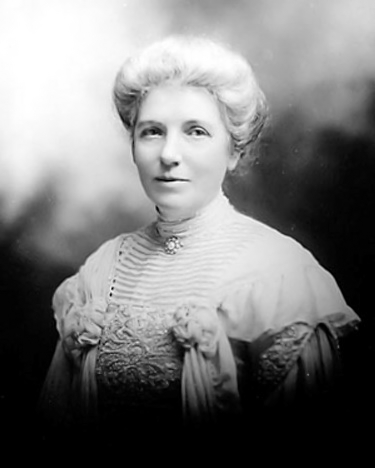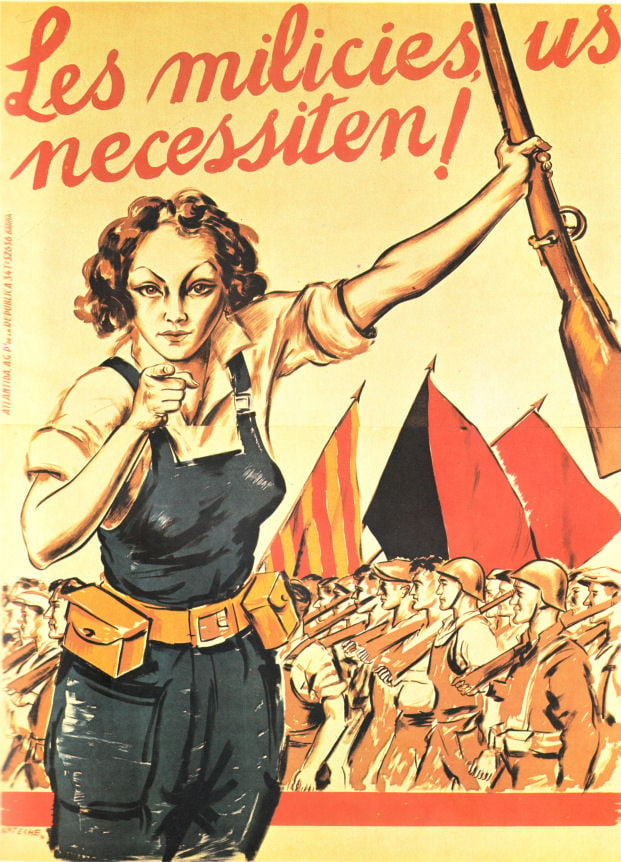New Zealand Women’s Suffrage (1893)
Tue Sep 19, 1893

On this day in 1893, New Zealand became the first country with a Western-style parliament that allowed women to vote in its elections. Women’s suffrage was granted after about two decades of campaigning throughout New Zealand, led by women such as Kate Sheppard (shown) and Mary Ann Müller.
The activists delivered a series of petitions to Parliament - over 9,000 signatures were delivered in 1891, followed by a petition of almost 20,000 signatures in 1892, and finally in 1893 nearly 32,000 signatures were presented, almost a quarter of the adult European female population of New Zealand. Through this popular pressure, a bill was passed that granted women the right to vote.
Some historians have noted that colonialism was regressive for women’s rights in New Zealand. Writing for The Guardian, Emma Espiner stated:
"The settler scholars who transmuted our oral language into a written one reframed our myths and legends so that our female deities were subservient to the male. These same ‘historians’ assumed that our chiefs were all men and wrote them into the histories as such.
Our pronouns and many of our names were gender-neutral long before the concept became a source of anxiety for conservative columnists, so it was straightforward for ethnographers to assign a male gender to the chiefs named in our oral tradition. Māori women leaders simply disappeared."
- Date: 1893-09-19
- Learn More: nzhistory.govt.nz, en.wikipedia.org, www.waikato.ac.nz, www.theguardian.com.
- Source: www.apeoplescalendar.org

